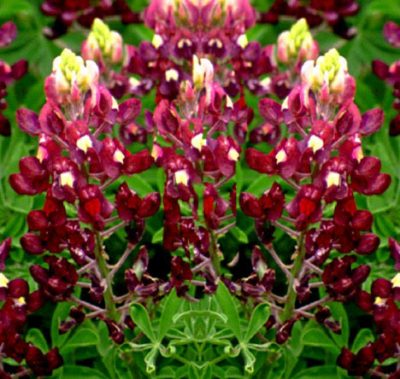How and when should I fertilize my shrubs, trees, and perennials?
After the extreme heat of 2011, your landscape definitely needs a little help this year before the summer arrives.
Although fertilization is not necessary for every plant, every year, I would suggest fertilizing this year, to give your plants a nutrient boost during the spring growing season to help prepare them for the stress of summer. With plant nutrients, a little bit goes a long way and more is definitely not better. If you give your plants too much fertilizer, they’ll put on a lot of new growth and may look great in the spring, but then when summer arrives, they won’t have enough water to support all that new growth and they’ll be even more stressed.
With perennials and flower beds, consider using a layer of compost as your initial mulch. Compost will provide a very small amount of nutrients, which is likely all your perennials will need. For trees and shrubs, use an actual fertilizer product and choose one that is slow-release, meaning that the nutrients will be released slowly over time.
No matter which type of fertilizer you choose, be sure to follow the label directions and don’t over-apply. Also be sure to water your trees, shrubs, and all your plants very well this spring. All the care that you give them now will help tremendously during the heat of summer, when you really won’t be able to provide your plants as much water as they truly need.
Fertilizer timing:
Compost: Jan-June
Trees: late Feb. to March
Roses: mid-Feb. to March
Shrubs and perennials: March to April
Lawns: wait until full green-up and weeds are gone, mid-April to early May.

 Carla Jean Oldenkamp
Carla Jean Oldenkamp Daphne Richards
Daphne Richards
 Trisha Shirey
Trisha Shirey